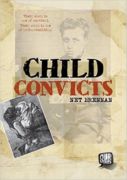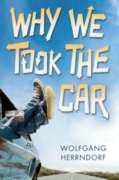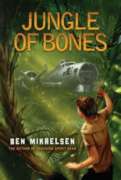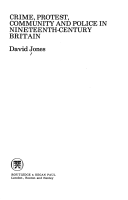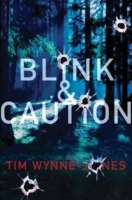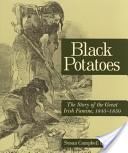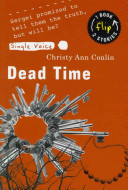
Two vulnerable girls go to extremes for love. Isabella is in jail and waiting to be tried for a horrifically violent crime. Her boyfriend’s ex-girlfriend, Lulu, is dead. Even her name makes Isabella want to poke somebody in the eye with a stick. True, Isabella was jealous and asked her boyfriend, Sergei, to prove his love, but how could she have known how far it would go? She’s obviously the victim here. Sergei will tell them, will make them believe her story. In the second story, Abby is only in high school, but she feels responsible for holding her family together. Her father works two jobs and is rarely home. Her mom, angry about their financial woes, escapes to nightclubs with her girlfriends. When Abby meets Sean, an attractive, sensitive guy who lets her confide in him, it’s not surprising that she falls in love fast and hard. Sure, he’s a little older, but Abby still wants to give herself to him. But Abby’s first time is not at all what she imagined.
